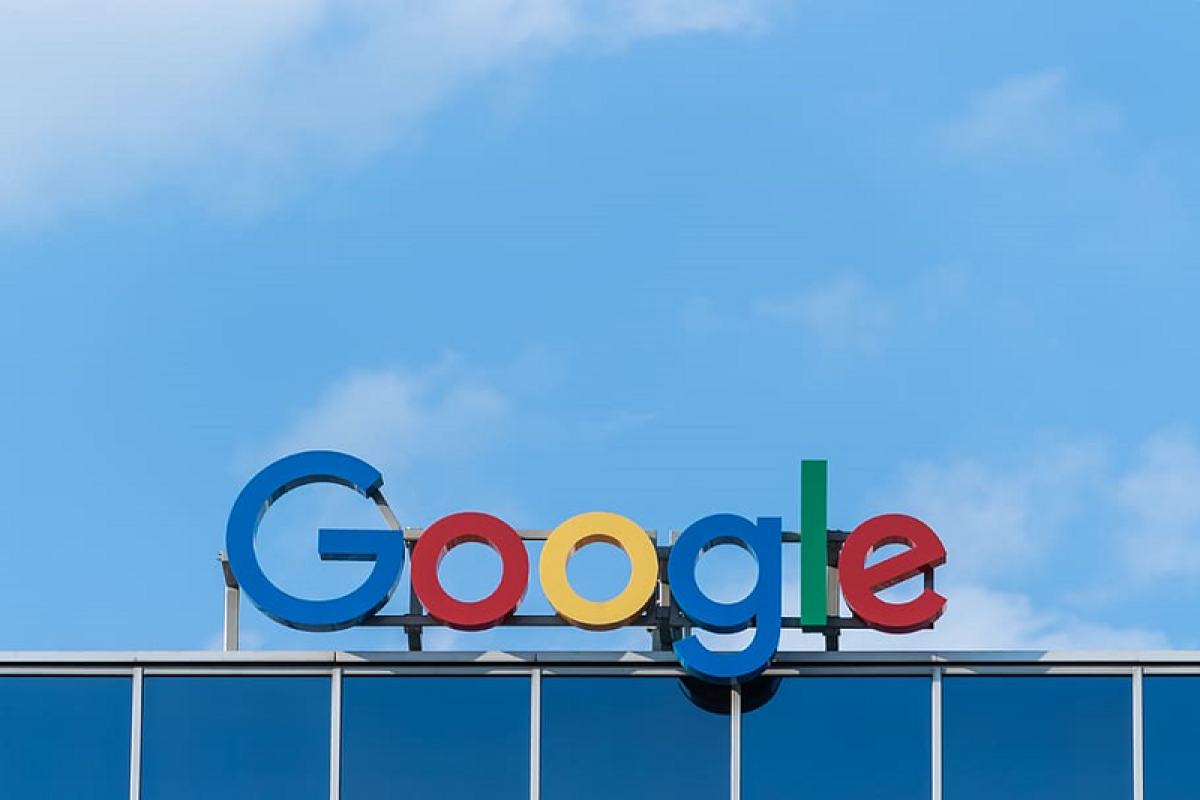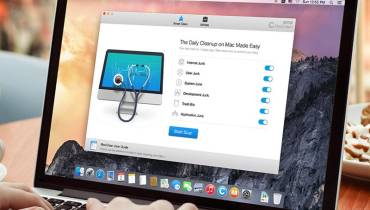What Google's Recent Change in “NoFollow” Links Means

Google is very active when it comes to making changes to their search engine algorithms. Recently, they have come forward and changed how the "nofollow" link attribute works.
The changes are touted to improve how the "nofollow" link attribute functions. With the update, Google said the link attributes will become hints.
So, what does that mean actually?
Well, two new link attributes have been introduced reportedly to make links more meaningful. The two new attributes are as follows:
- rel=" sponsored"
- rel=" ugc"
The first attribute, rel= "sponsored" is used to identify the nature of a sponsored link. If the attribute is used, then it means that the link is created as part of an advertising or sponsorship drive. It can also be used to signal similar paid agreements.
The other attribute, rel=" ugc" identifies links that are generated by users, as in links in user-generated content. Links such as forum posts and comments will use the ugc attribute.
We now have three attributes for links that will act as a hint to the nature of links in a piece of content. The link attributes aim to help Google to better understand your links and so that the search giant does not ignore your links while ranking a page.
Until now, "rel=nofollow" attribute had a negative connotation in the SEO world. That is because Google does not follow the link, and hence the link has less or no ranking signal value at all.
According to Google, the new link attributes will provide distinct information that can help improve search. The attributes will reflect upon the different types of links and what each link has to offer, as well as solve the problem of unnatural linking.
Google also pointed out that the new link attributes will ensure that no important information is lost in their new approach for recognizing and categorizing links. Site owners can benefit from this approach as they can now clearly mark sponsored links.
What do the new changes mean for you?
These changes bring a new fresh meaning to how Google sees links. As you may well know, links are critical ranking factors. As a site owner or SEO expert, it’s important to change your SEO strategy to take full advantage of all these link attributes in your SEO strategy.
So what happens to your old attributes? Do you need to change them?
According to Google, you do not have to do anything about your old or existing link attributes. However, you need to make sure that you use the current attributes correctly going forward. The old nofollow attribute will work as usual, and Google will continue to honor them as before.
The nofollow link attribute will continue to hold its importance as before. But by using the new sponsored link attribute, you can clearly inform Google that a post is paid content or sponsored by an advertiser and that way avoid penalties for paid links in search.
Using the new attributes correctly

As a site owner, you should be careful when using the latest attributes, especially the sponsored attribute. If you wrongly use the sponsored attribute to a non-sponsored link, then you will devalue the link and prevent Google from indexing it.
However, you can use more than one attribute for a single link. A user-generated content, for example, can utilize both ugc and sponsored attributes, and it would be acceptable.
So, what would you use if a link is sponsored?
According to Google, you can use any of the two attributes -- "nofollow" or "sponsored."
Timeline of the attributes
The two new attributes, ugc and sponsored go live immediately. This means that you can use it right away. However, the original meaning of the nofollow attribute will change after March 2020.
According to Google, the nofollow attribute will work as it is now until March 2020. After that, it will act as a hint and not a command telling Google bots not to follow a link.
When Google sees the attribute, it will decide on its own whether or not to follow the link – taking your “nofollow” hint for helping its bots understand the true nature of links.
In practice, it is a good idea to switch to the new attributes so that you can provide a better context to Google. Google will very likely take your hints seriously.
Understanding the change: Hint vs. Ignore
Right now, the nofollow attribute tells Google bots to ignore a link. But with the change rolling out now, the attributes will follow a hint system.
As already mentioned above, you have until March 2020 to use the nofollow attribute with the current meaning to ignore a link. After that period, it will become a hint to ignore.
Google's will collect data about all links. The data will contain the link attribute, the anchor text, as well as the words that it will use when ranking content.
What will be the impact on search results?
According to Google, the change will not bring any significant changes to search results as of now. As long as you are publishing great content on a well-built website that’s created on an optimized platform such as Webflow or WordPress, and you are using the right attributes, you need not worry.
But Google also pointed out that they are looking into ways on how the data can be utilized to make search results better. They want the data collected to help them be more flexible when it comes to how they treat links in search.
That means eventually all this may have an impact on your search ranking on Google.
Will the changes result in more comment spam?
The new changes in link attributes certainly can encourage more comment spam because the nofollow attribute is only a hint, but according to Google the changes will not result in comment spam.
Apparently, third-party sites already know how comment spam works and have their own way of handling it, which they should continue using.
Moreover, Google adds that the new link attributes will further deter spamming as attributes such as ugc and nofollow makes the link spam more useless.
Conclusion: Should you care about all these changes?
According to Google, there should not be any significant impact on how search results work. But it would be naïve to think that search rankings and results can’t change in the future if (or when) Google decides to use the data they gather using the new attributes.
Besides, the new link attributes are generally not a welcome change for SEOs, as they mean that SEOs now must factor more things in their link building campaigns and ensure that they met all the different ranking factors, as well as their client's requirements successfully.
So, what do you think about the attributes? Share your thoughts in the comment section below and let us know.








![Workers Are Neglecting a Major Workplace Need - Office Hygiene [Study]](/sites/default/files/styles/video_thumbnail_bottom/public/office-workers-neglecting-major-workplace-need-amid-covid.jpg?itok=xpjAcQam)







![Have You Built a Winning Team Structure for Your Business or Startup? [node:titile]](/sites/default/files/styles/video_thumbnail_bottom/public/startup-owners-team-structure-discussion.jpeg?itok=yI2y47lG)




